How does plastic enter the ocean?
There are many sources of marine plastics that we know of, some of the biggest polluters are: shipping waste, our roads as tyres degrade and break down, plastic products which we dispose of in our homes, plastics from industrial waste, and the litter we see on our beaches.
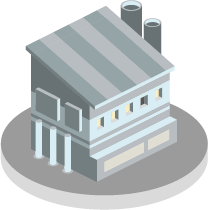
Industry waste
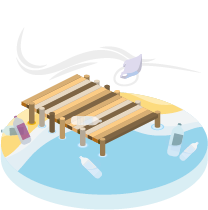
Beach waste
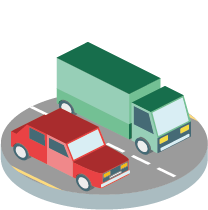
Tyres and road markings
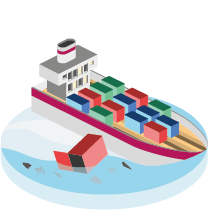
Shipping waste

Domestic waste
What happens to plastic once it is in the ocean?
Once plastic litter enters the ocean we know that some of it breaks up into smaller fragments. Plastic fragments that are between 1mm and 0.001mm are then classified as microplastics. In fact, the plastic litter you can see on the surface of the ocean, the whole bottles and plastic bags, for example, only represent 1% of the total plastic in the ocean. The other 99% are the microplastic fragments we find far below the surface.
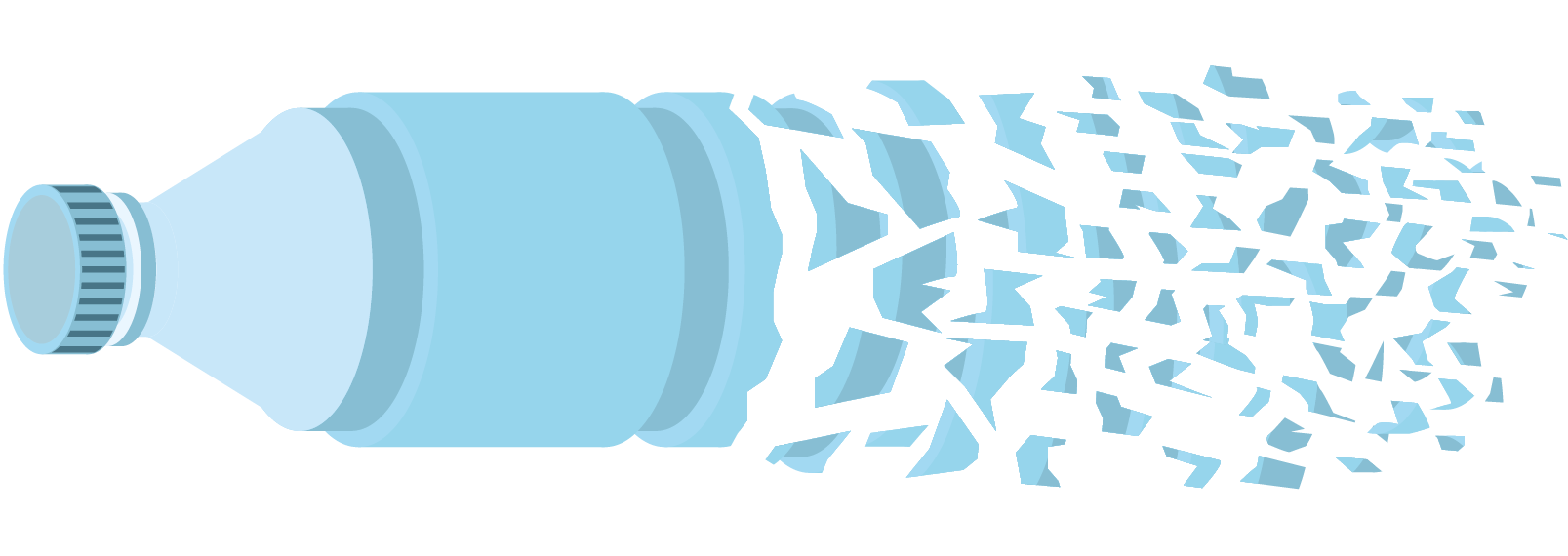
Plastic litter and microplastics can then be moved around within the ocean by currents. This movement can cause plastics to enter marine protected areas and reach even the most remote waters of the Southern Ocean.
Plastic does not always float on the surface; it can also sink directly to the seafloor, become caught up in underwater avalanches and mix with sediment flowing down submarine canyons. Plastic that reaches into the deep-sea can end up buried in seafloor sediments in areas that are hotspots for marine life.
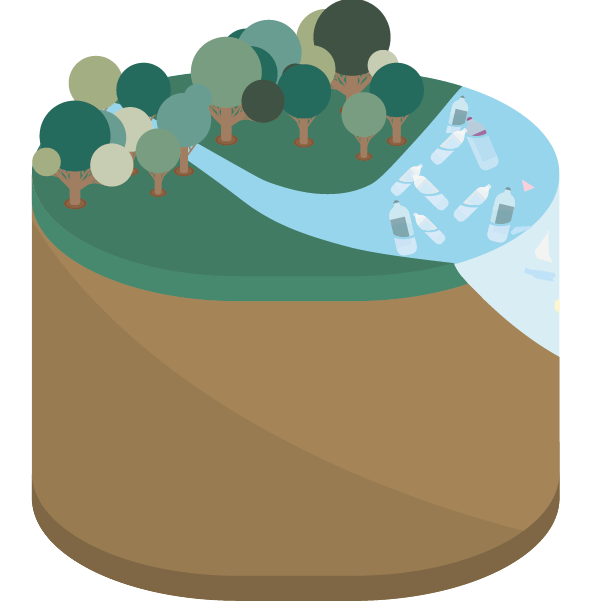
Plastics sit on the surface of the water
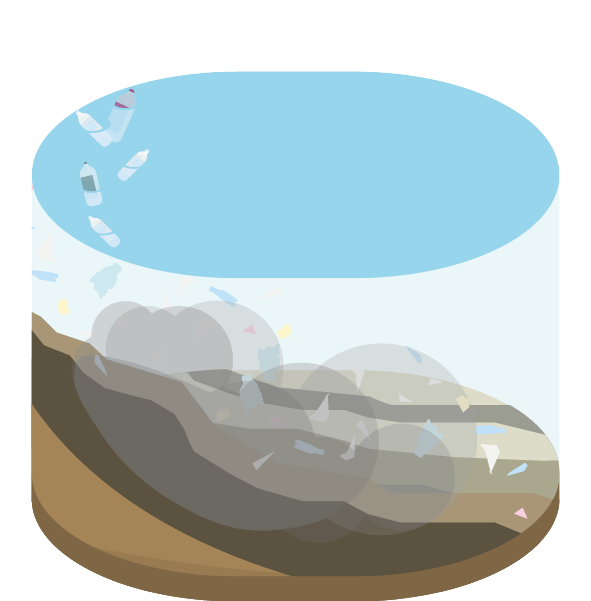
Before flowing down underwater canyons
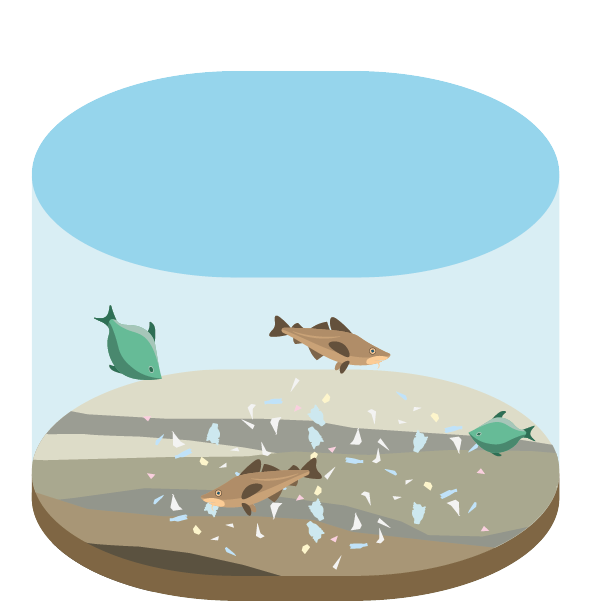
Mixing with sediment and becoming buried
Plastics sit on the surface of the water
Before flowing down underwater canyons
Mixing with sediment and becoming buried
Microplastics in the deep-sea eventually accumulate toxins on their surface. This toxin-covered plastic is then eaten by the smallest marine life, which causes it to enter the food chain, becoming consumed by larger marine animals, and subsequently, people.

Plastics break down into microplastics
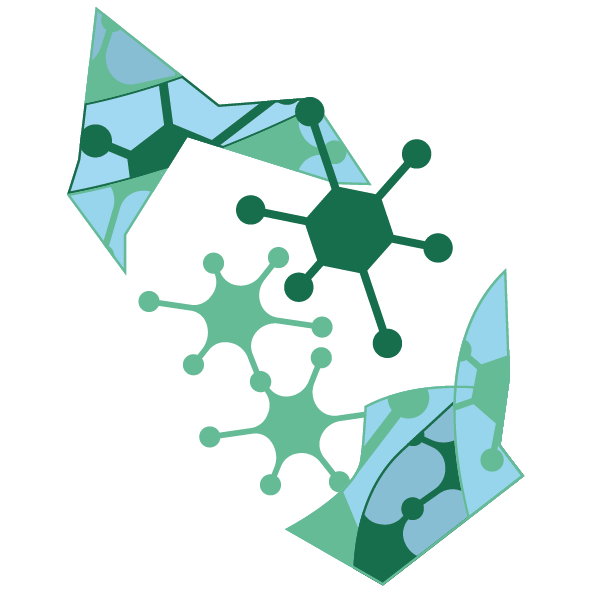
Microplastics accumulate toxins
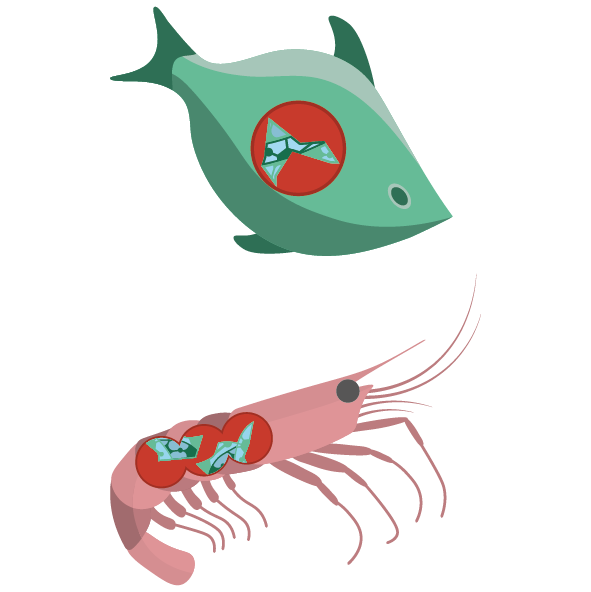
Microplastics enter the food chain...
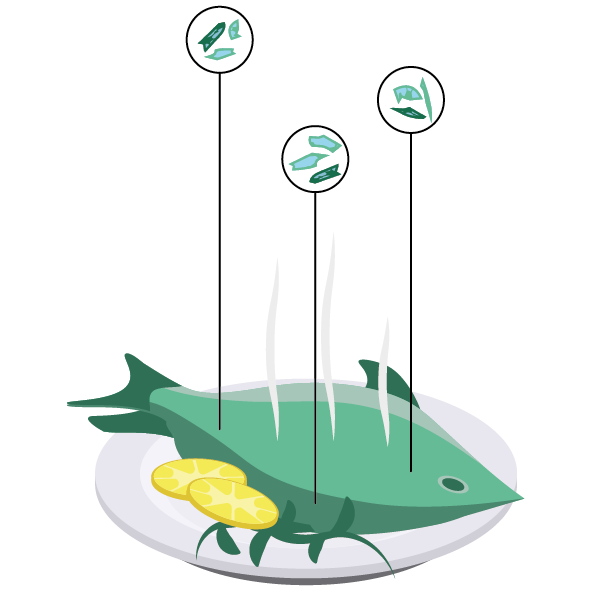
... becoming consumed by people
Plastics break down into microplastics
Microplastics accumulate toxins
Microplastics enter the food chain...
... becoming consumed by people
Dive deeper
For now we do not fully understand the impact of these toxins on people and marine life, but we continue to research microplastics to fully understand their effects.
Key papers
** Add page to config of the ‘It’s time to turn the tide – donations’ block **